
In recent years the beauty industry has been taken over by a veritable “retinomania”. Retinol has become one of the most sought-after ingredients in skincare products, and everyone seems to be using it. Why? Why? It can help combat pigmentation, uneven skin tone, wrinkles and even acne. However, it is not suitable for everyone. That’s why we asked the cosmetologists of the Docmed clinic what exactly the “healing properties” of retinol are and how it might work for your skin.
In short, what is retinol?
Retinol, like many other ingredients, has alternative names. For example, vitamin C is often referred to as ascorbic acid, while niacinamide is actually a form of vitamin B3. Retinol is one of the forms of vitamin A. But in cosmetics it is often used to denote all derivatives of vitamin A that should well be called retinoids. In skin care, retinoic acid, retinol, retinol palmitate, and retinaldehyde are the most commonly used from a long list.

The most effective form of vitamin A that can affect skin cells is pure retinoic acid. It works faster than other retinoids. For this reason, it is often only available with a prescription. Retinol is milder and 20 times less potent than retinoic acid. However, this does not mean that it is ineffective in this form. Retinol benefits the skin in almost any concentration – from 0.01% to a maximum of 1%.
What are the skin benefits?
It is no exaggeration that everyone can benefit from the use of retinol.
– Retinol fights pigmentation and post-acne. Unlike many other cosmetic ingredients, retinol affects not only the superficial layers of the skin, but also the deep layers. Thus, it cleans the dead skin cells from the outside, evens the tone and whitens it.
– Reduces signs of aging. And right inside, retinol resists free radicals, accelerates the production of collagen, elastin and hyaluronic acid (which forms more slowly with age), which means it increases skin elasticity and firmness and reduces the visibility of wrinkles;
– Reduces acne. In terms of acne treatment, the increase in cell turnover helps to clear the pores faster, that is, normalize the sebaceous glands. But often, for more effective treatment, dermatologists use potent retinoids that are only available by prescription.
What’s the purpose?
If retinol is so effective, why isn’t everyone using it? As we said earlier, it acts on the skin even in the smallest concentrations. Therefore, a product containing 0.01% retinol can cause allergies, irritation, dryness and peeling in the sensitive type.

Also, you should always have an SPF cream on hand when using retinol-containing cosmetics. First, vitamin A (and therefore retinol) is destroyed by sun exposure, and secondly, it increases the skin’s sensitivity to ultraviolet light, which can contribute to hyperpigmentation.
But the main disadvantage of retinol is that it is contraindicated during pregnancy and for six months after the end of its intake. Cosmetic manufacturers are also aware of this. Therefore, before buying a particular product, you need to carefully read its instructions.
How to choose a product with retinol?
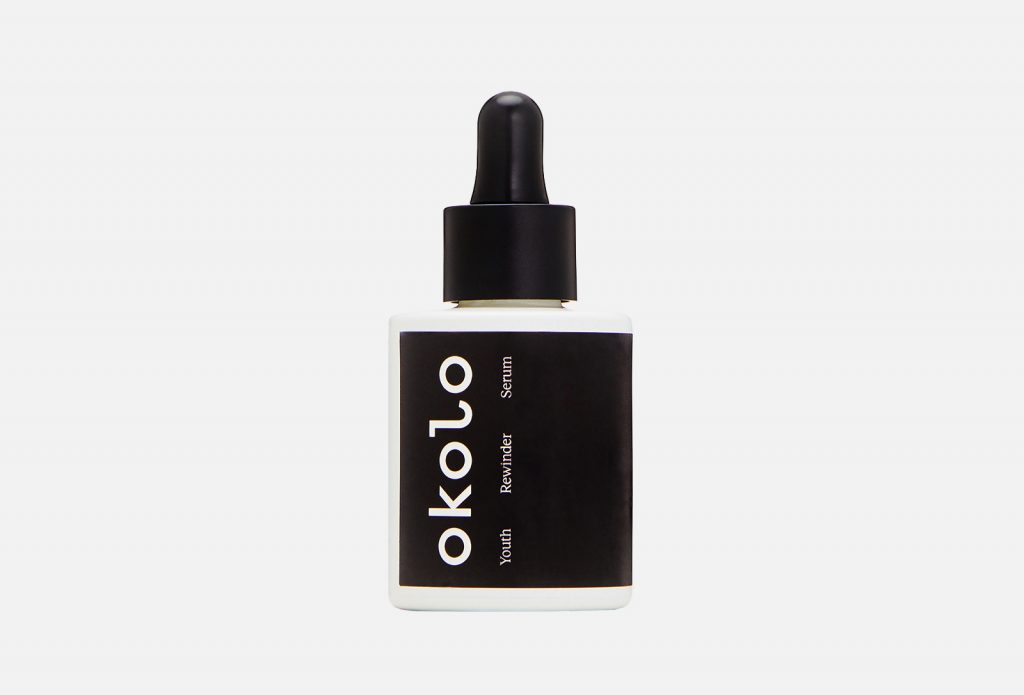
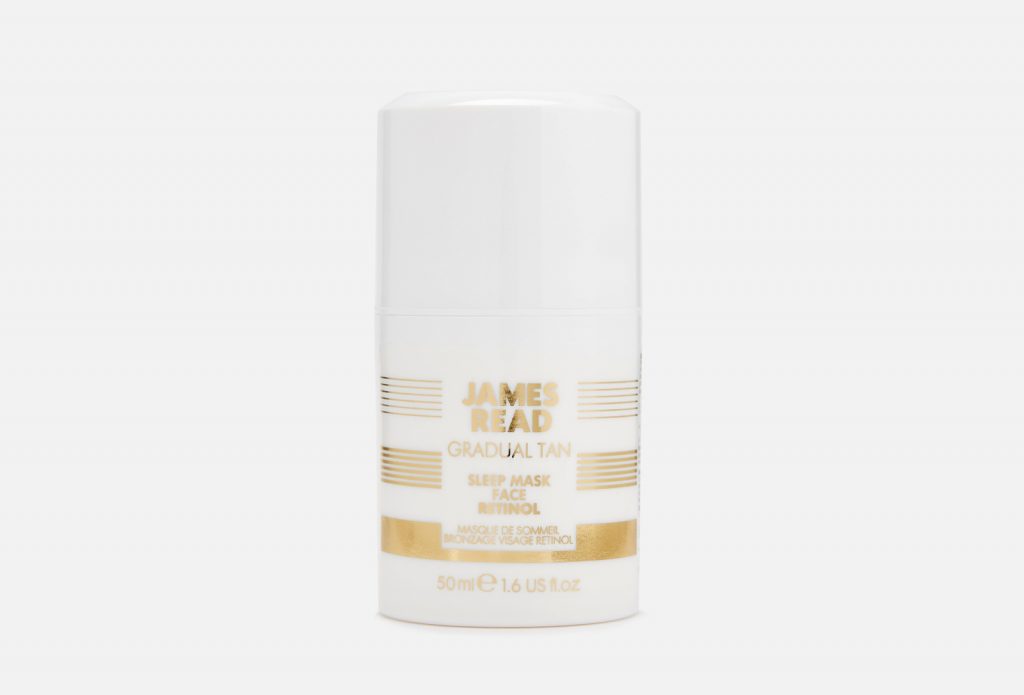

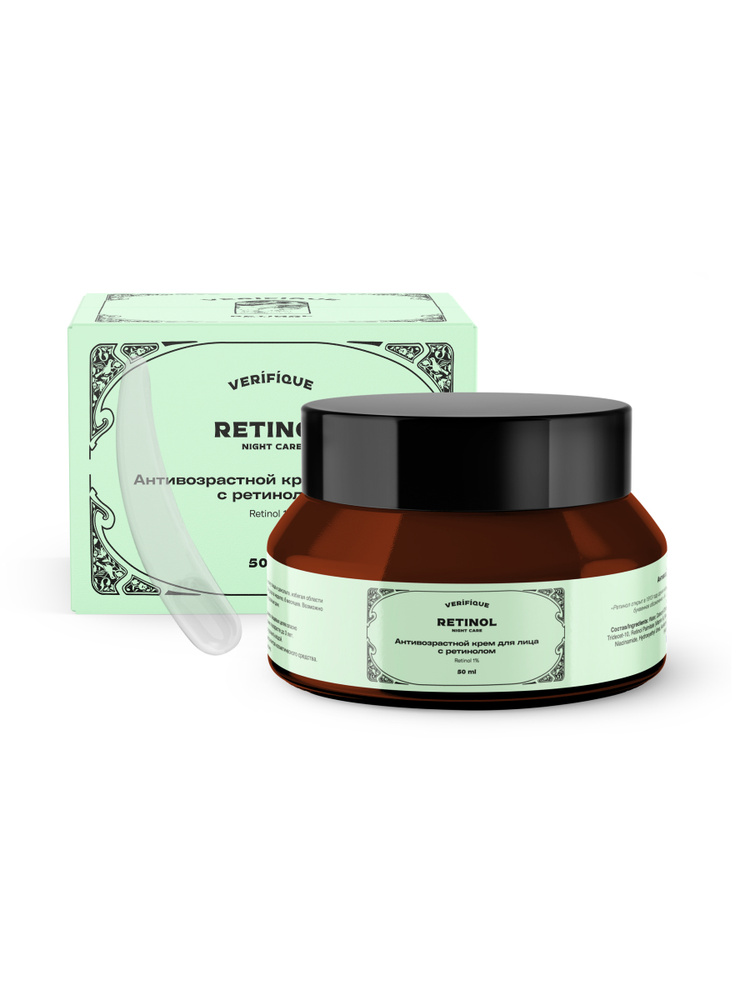
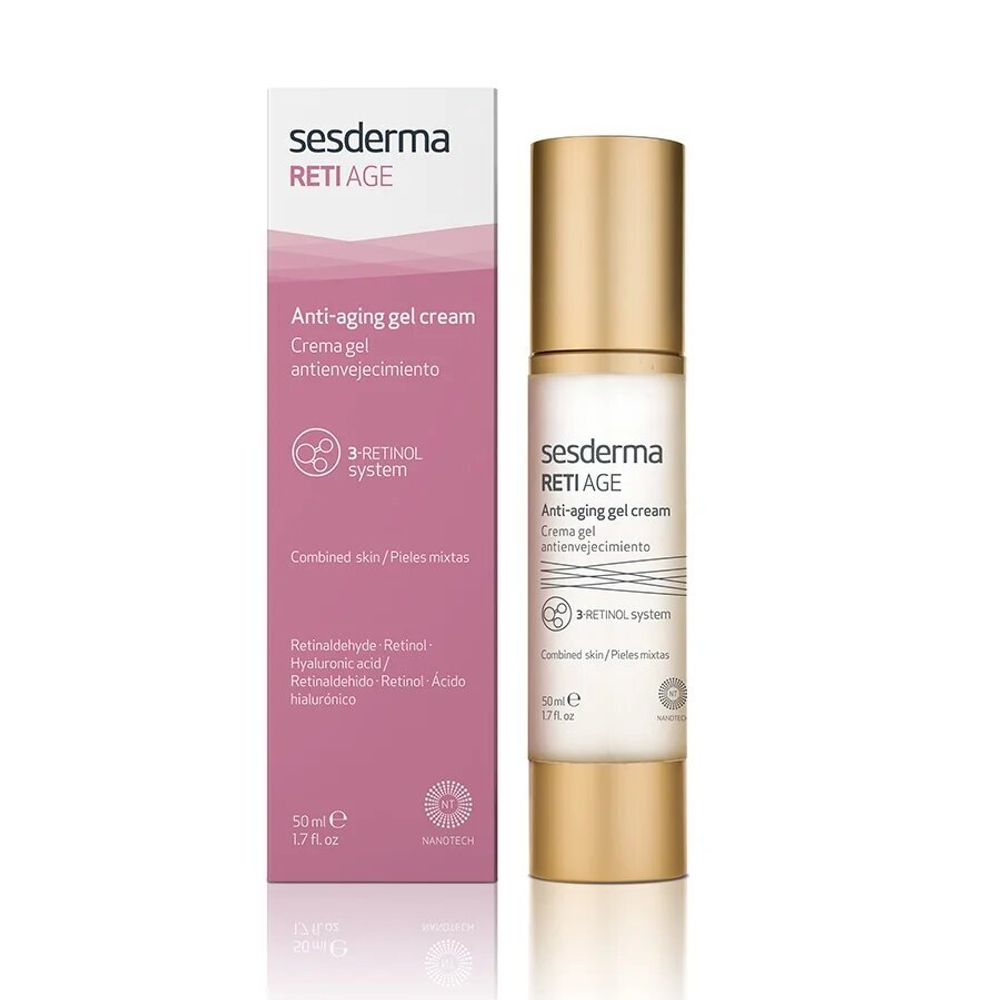

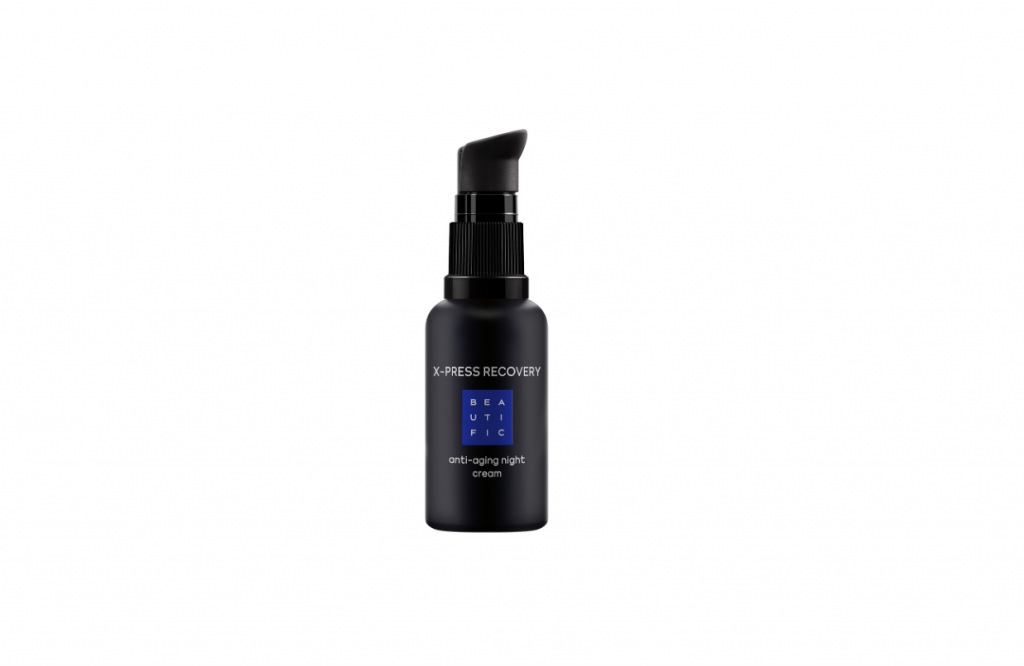
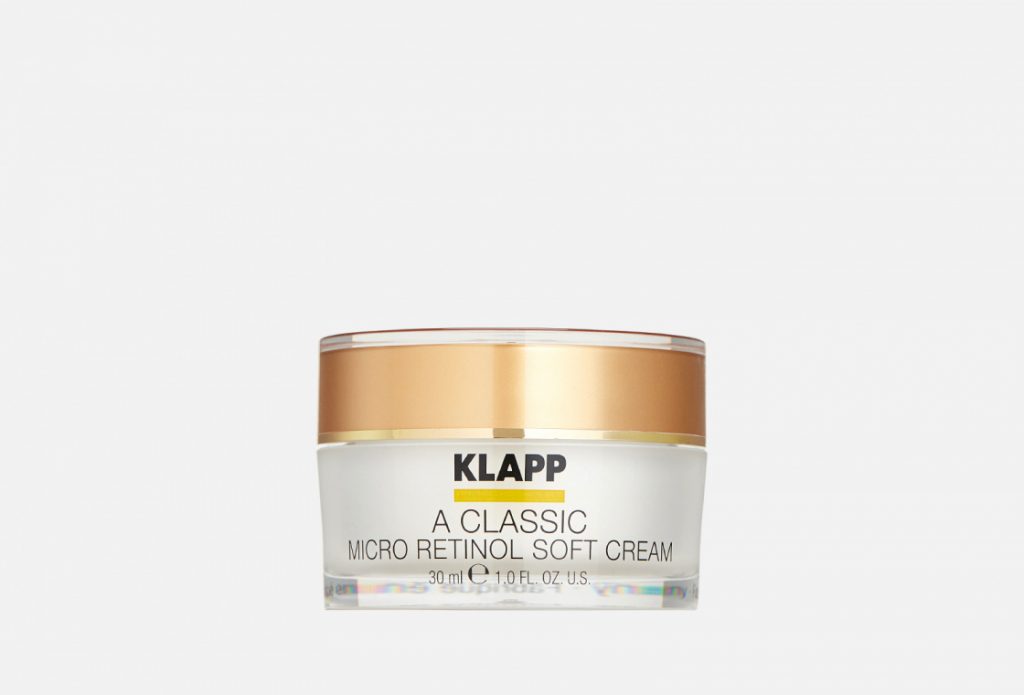
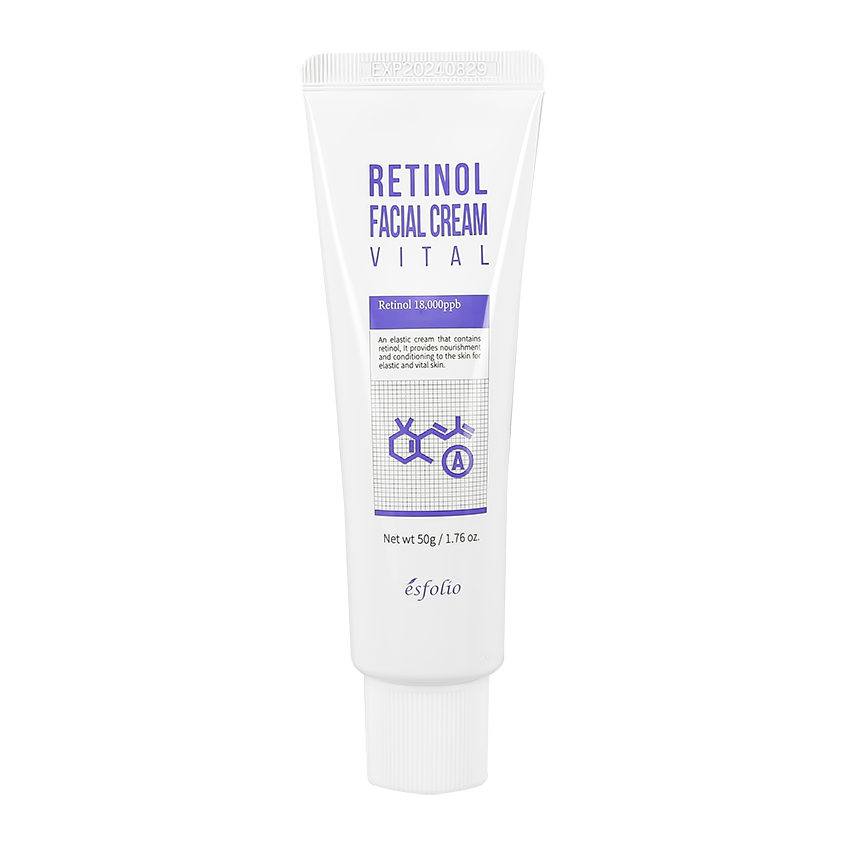

Retinol products for the face can be used at any age from the age of 25 (after this age, skin cells begin to renew themselves less often). For acne treatment, retinol is best used only as prescribed by a beautician or dermatologist. But in the fight against uneven skin tone or pigmentation, you can use traditional anti-aging products.
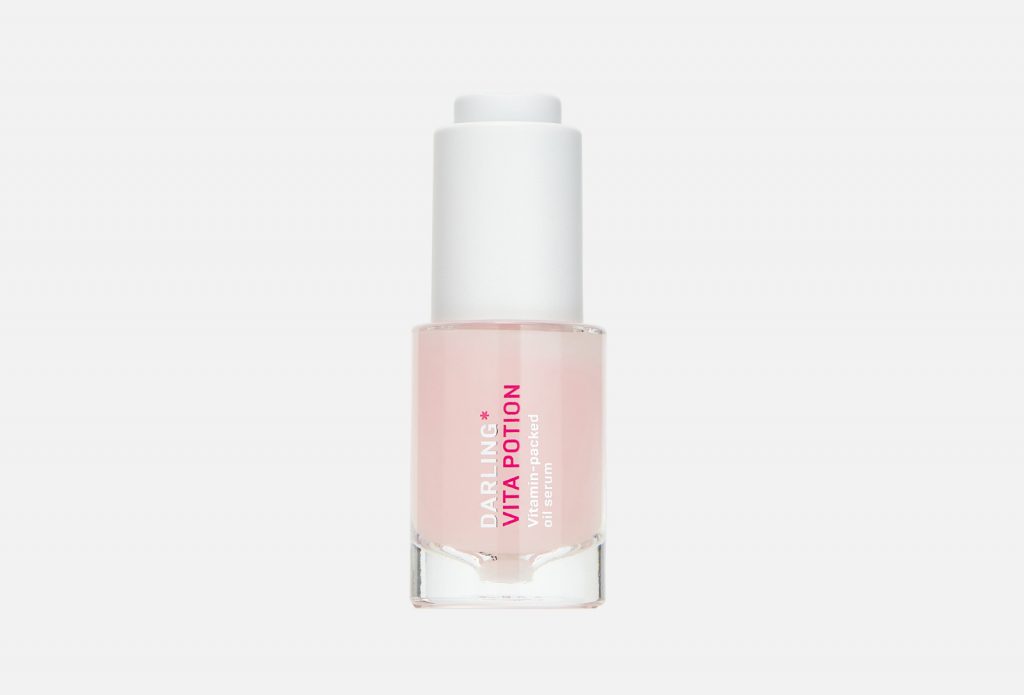
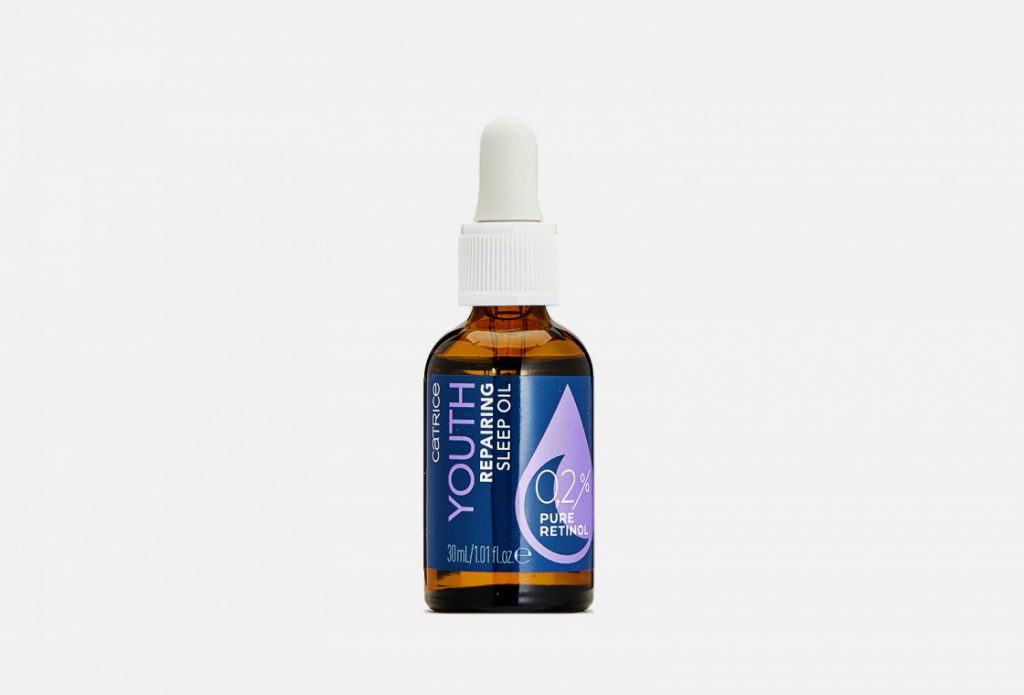
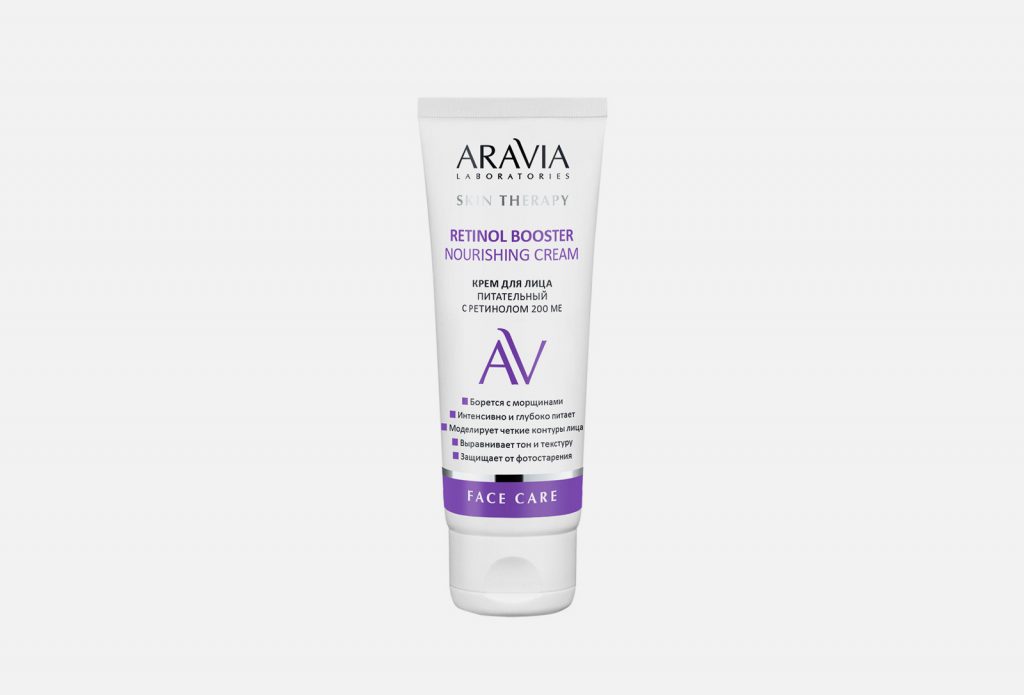

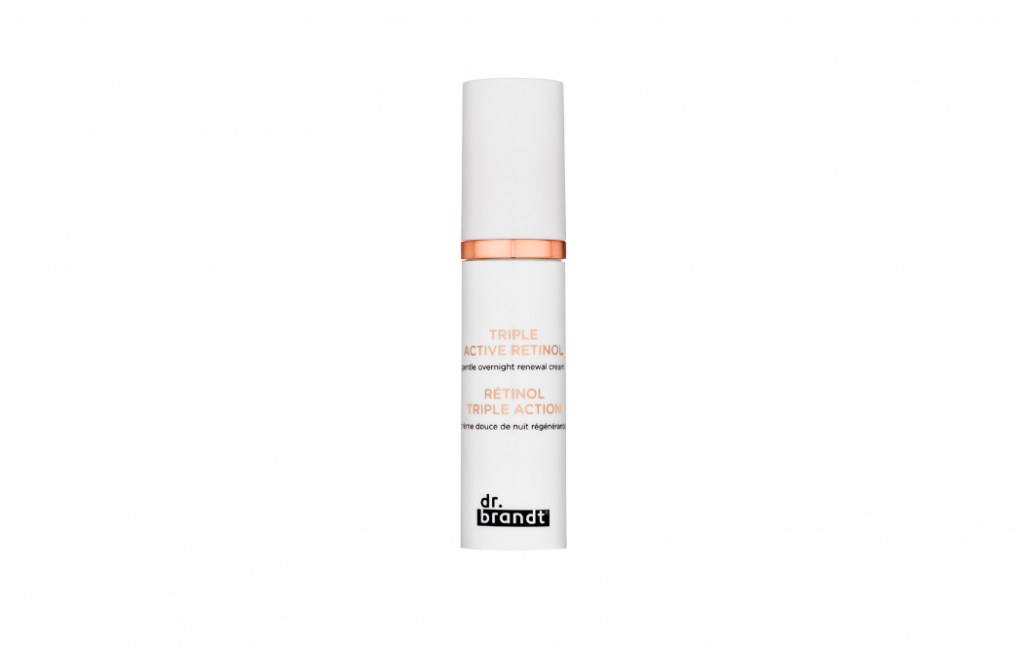
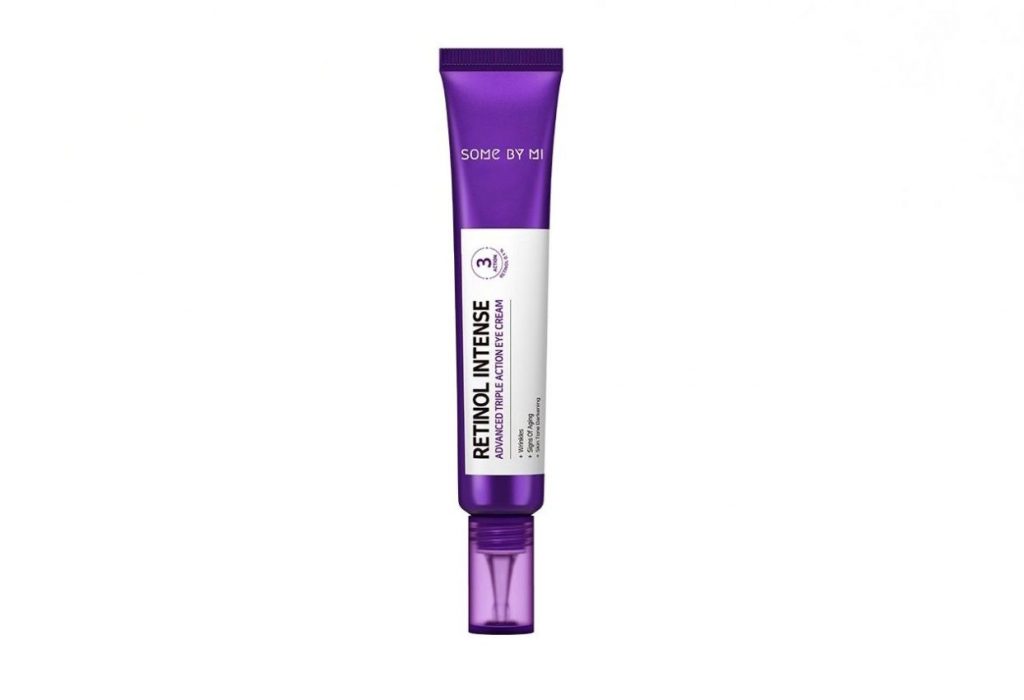
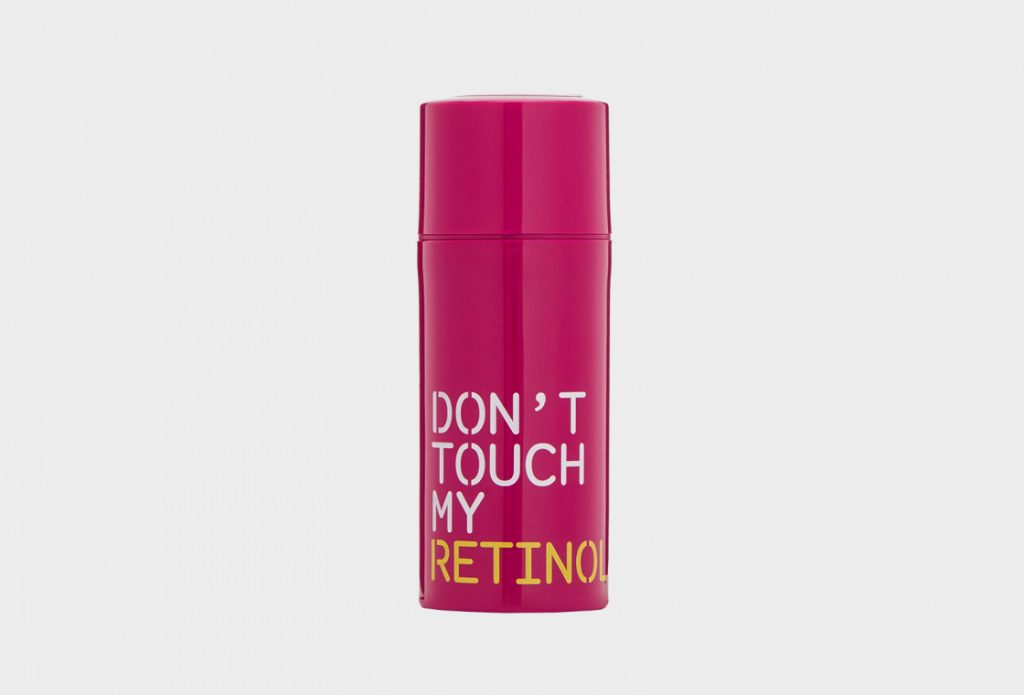
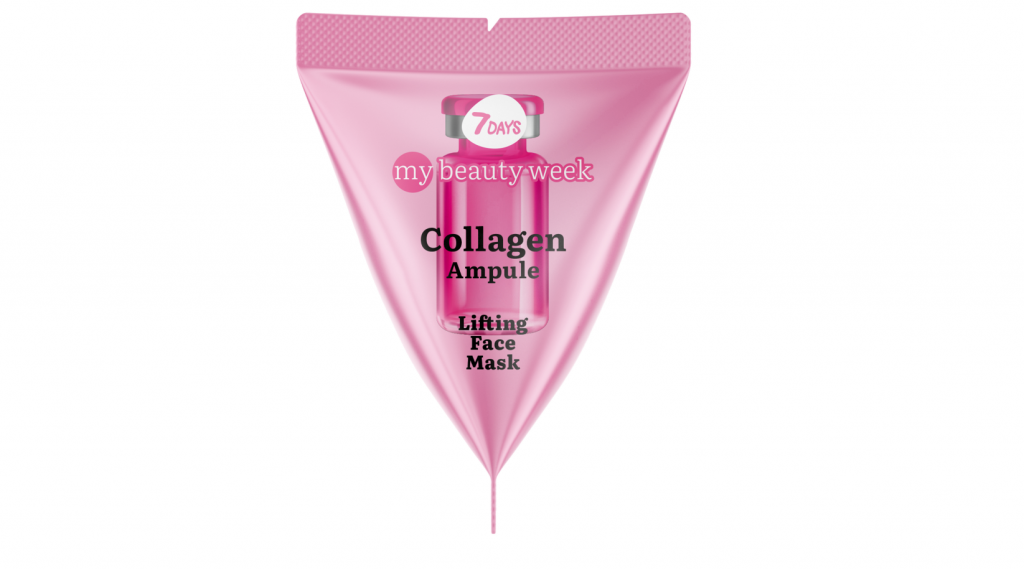
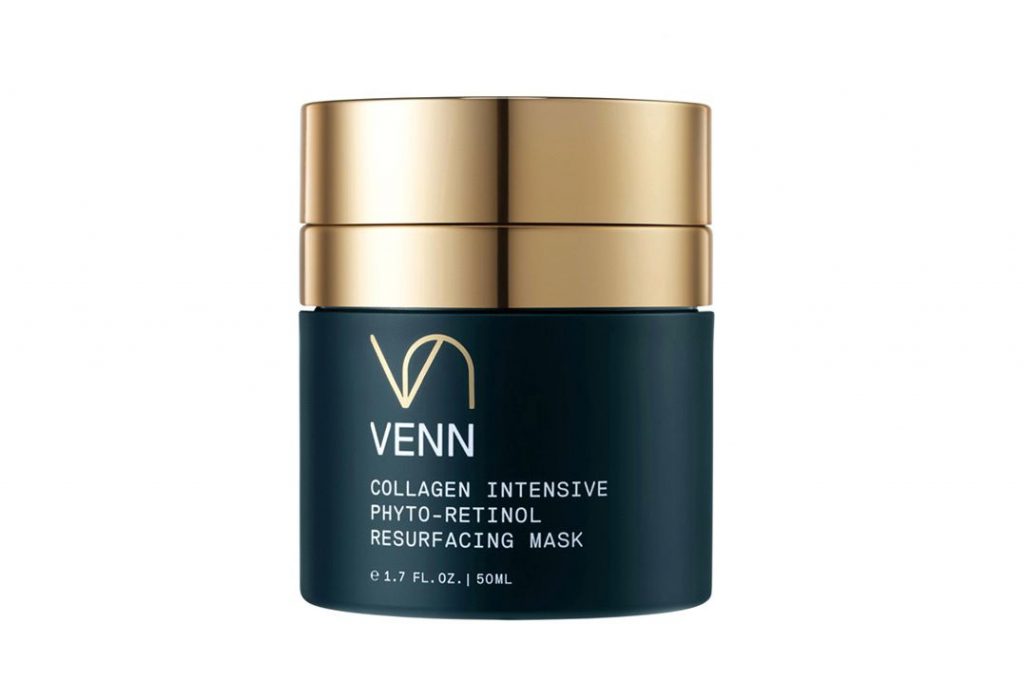
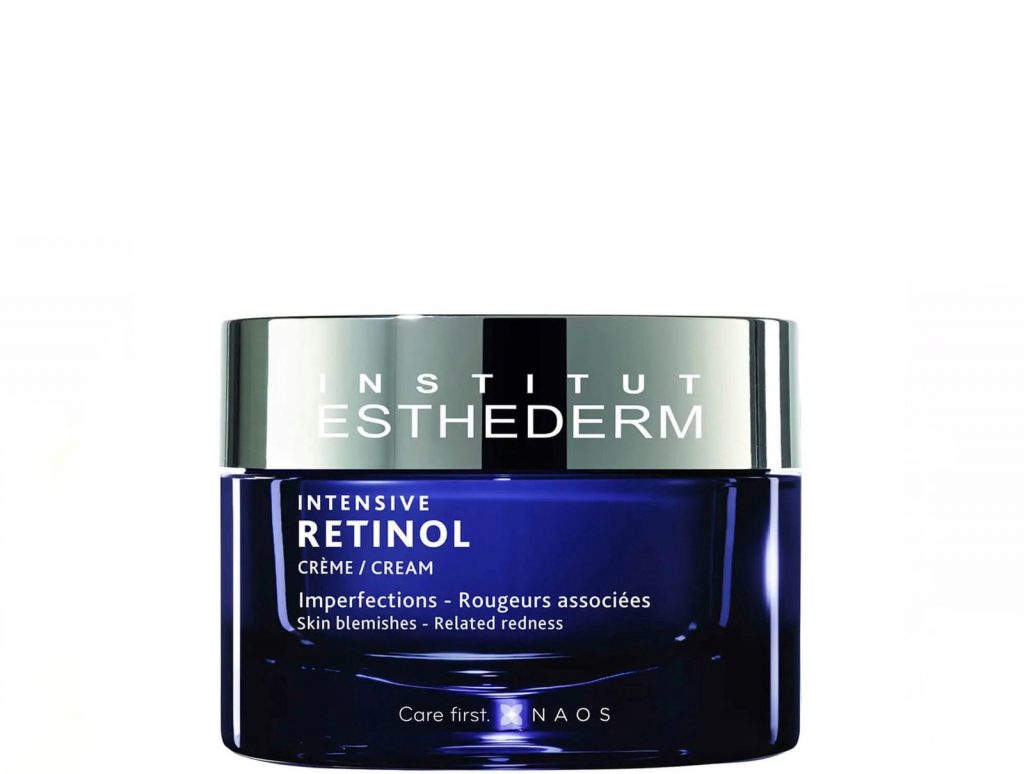
The effectiveness of retinol is more dependent on form than concentration. Even if it is not in the first place in the composition, you can be sure that it will have benefits. For starters, products with soothing and moisturizing components in addition to retinol are suitable. For example, vegetable oils, vitamins, squalene or hyaluronic acid. They reduce the likelihood of dryness and discomfort. We’ve included the best of them in the selection above.
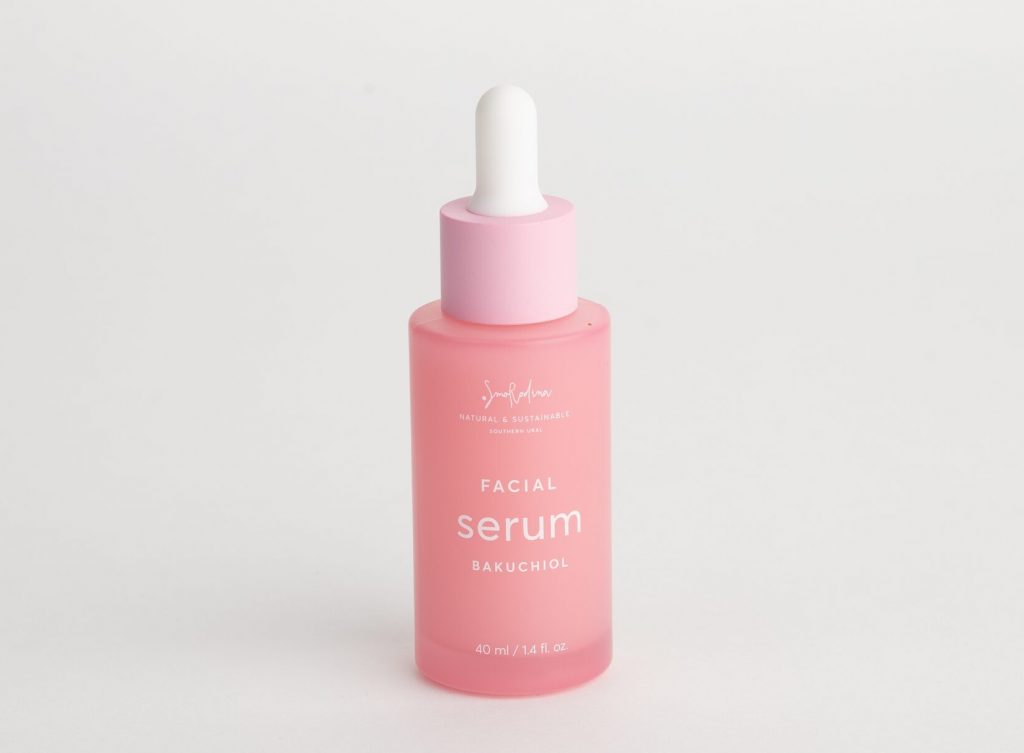
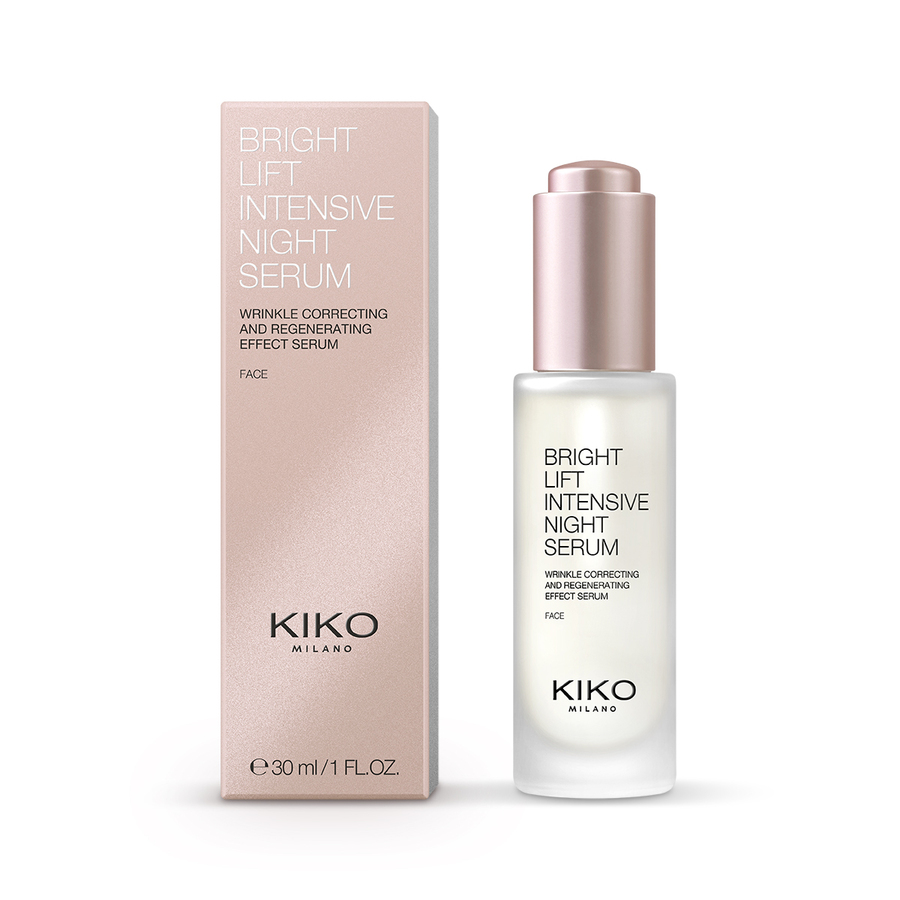
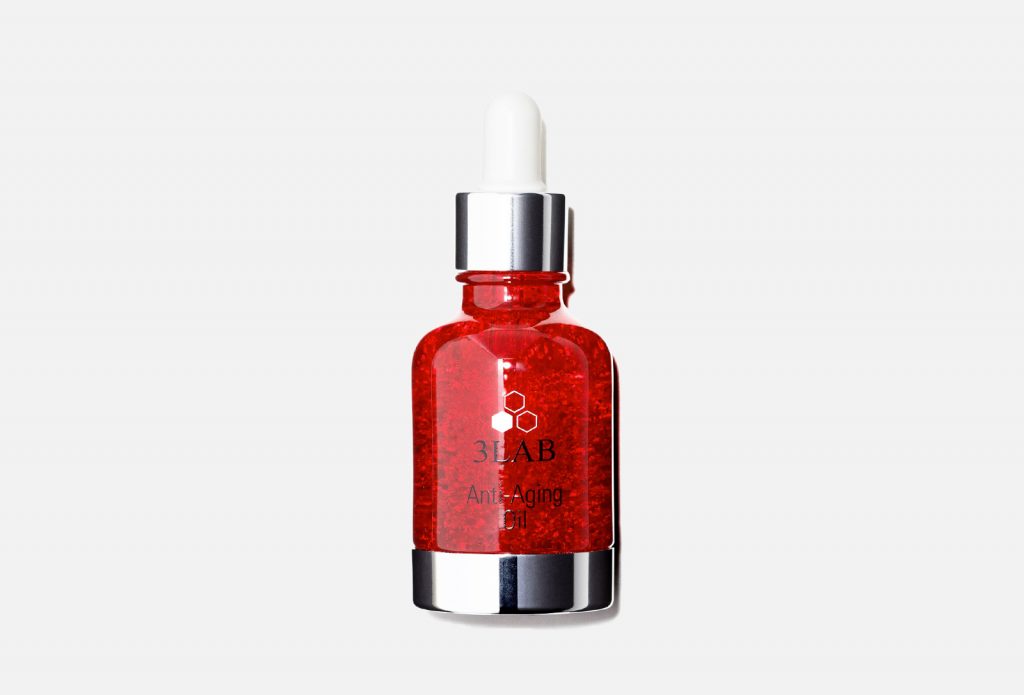

For sensitive skin, which is not suitable for retinol, there is a vegan equivalent – bakuchiol. It acts more gently, does not cause redness and irritation, and is suitable for any use. In cosmetics it is called Sytenol A or Bakuchiol.
How to use a retinol product?
Here are some basic rules for beginners:
– You need to gradually add retinol to your beauty routine. First use once a week, observe how the skin reacts, and then increase to the manufacturer’s recommended frequency.
– If you are using retinol-containing cosmetics for the first time, choose formulas with moisturizing ingredients that will soften the effect of retinol.
– Follow the instructions exactly. If the tool needs to be used 1-2 times a week, then you do not need to be jealous with it.
– If you use products containing retinol, do not forget about SPF cream, no matter what time of year it is outside.
– Retinol products should be applied to dry (not wet) skin. Otherwise, it may be absorbed too quickly and cause irritation.
Source: People Talk
Mary Crossley is an author at “The Fashion Vibes”. She is a seasoned journalist who is dedicated to delivering the latest news to her readers. With a keen sense of what’s important, Mary covers a wide range of topics, from politics to lifestyle and everything in between.





